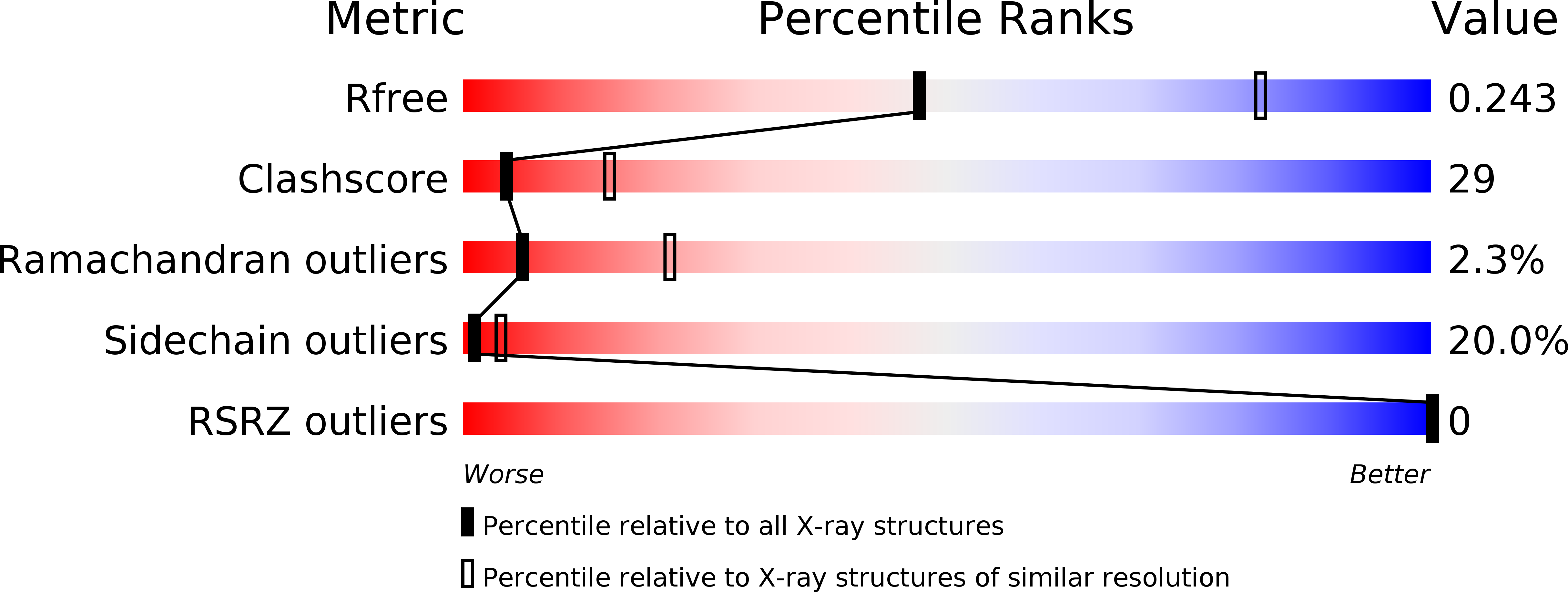
Deposition Date
2001-01-09
Release Date
2001-01-24
Last Version Date
2024-11-20
Method Details:
Experimental Method:
Resolution:
2.80 Å
R-Value Free:
0.28
R-Value Work:
0.19
Space Group:
P 21 21 21


